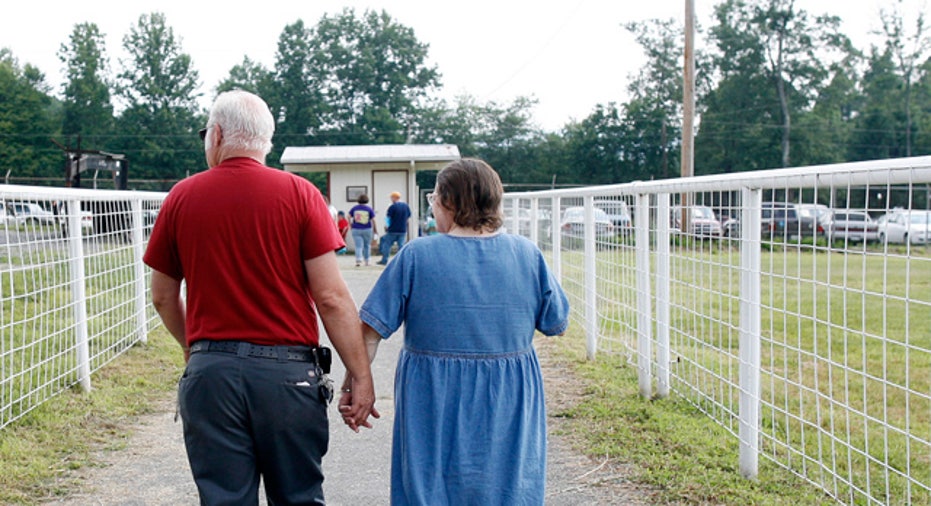The Cost of Long-Term Care

Dealing with a sick parent is emotionally draining, but it can also be financially devastating for adult children making health-care decisions.
Whether children choose to put a parent in a nursing home, hire in-home professionals or go it alone, there are host of financial and emotional factors to consider.
“Choosing the best care option for an aging parent can be a stressful situation for families, and there’s often not a right or wrong choice,” says Shelly Sun, founder and CEO of home care agency BrightStar Care. “There is not a magical formula that families can rely on for answers.”
According to experts, before a family decides on the type of care necessary, the parents’ health and mental status should be professionally assessed. Children also need to review their parents’ financial situation to see what they can afford and review all insurance policies.
Long-term care, any way it’s dished out, can be expensive so the type of care has to be balanced with the budget of the family. While finances should play a role in the decision-making process, it shouldn’t be the only factor.
“You never want to let budget alone determine the choice of care because many aspects have emotional and mental tolls that can’t be budgeted,” says Sun. “You cannot put a price tag on family strain.”
In order for families to make the right choice, they have to first know all of their care options and the associated costs. Here’s an overview of different levels of care and price tags:
Nursing Homes
Nursing homes are the by far the most expensive long-term care option for families, according to Sun, who says nursing home prices have increased nearly 25% over the last five years with the median annual cost of a private nursing home at a staggering $83,950.For a semi-private nursing home, the cost is $75,405 a year.
While the cost is high, it tends to cover medical care, meals, entertainment, room and board and utilities, she says.
According to Golden Living Centers, a senior health care company, people best suited for a nursing home include those that need help with their daily activities including getting out of bed, eating, bathing, using the bathroom and dressing.
Assisted Living Facilities
An assisted living facility doesn’t provide round-the-clock care, so it’s not as expensive as a nursing home.
According to Sun, the average assisted living facility will cost more than $41,000 a year.
“Patients who reside within an assisted living facility do not receive near the level of hands-on care provided in a nursing home or by an in-home caregiver.”
According to non-profit Helpguide, assisted living facility may be a good choice for people that need help with things like cooking meals or getting to the bathroom late at night but don’t need 24/7 care and/or supervision.
Professional In-Home Care
Many elderly parents want to stay in their home, but bringing in professional care can carry a big price tag. Unlike nursing homes, which have experienced substantial price increases over the last few years, Sun says the price for professional in-home care has only risen around 1% over the last five years, and will cost around $44,000 a year.
According to Helpguide, professional in-home care makes sense for people who want to stay in their homes, don’t need a lot of assistance and don’t have family or friends around to help out.
Personal In-Home Care
The cost of a family member providing care varies significantly, but the emotional toll is great.
Sun says that in this situation, the caregiver or caregivers often have to put their health and relationships on the backburner and their career may suffer if they are being stretched too thin.
According to Helpguide, personal in-home care is ideal for people that don’t require a lot of assistance and have a strong network of family and friends that live close by and want to help.